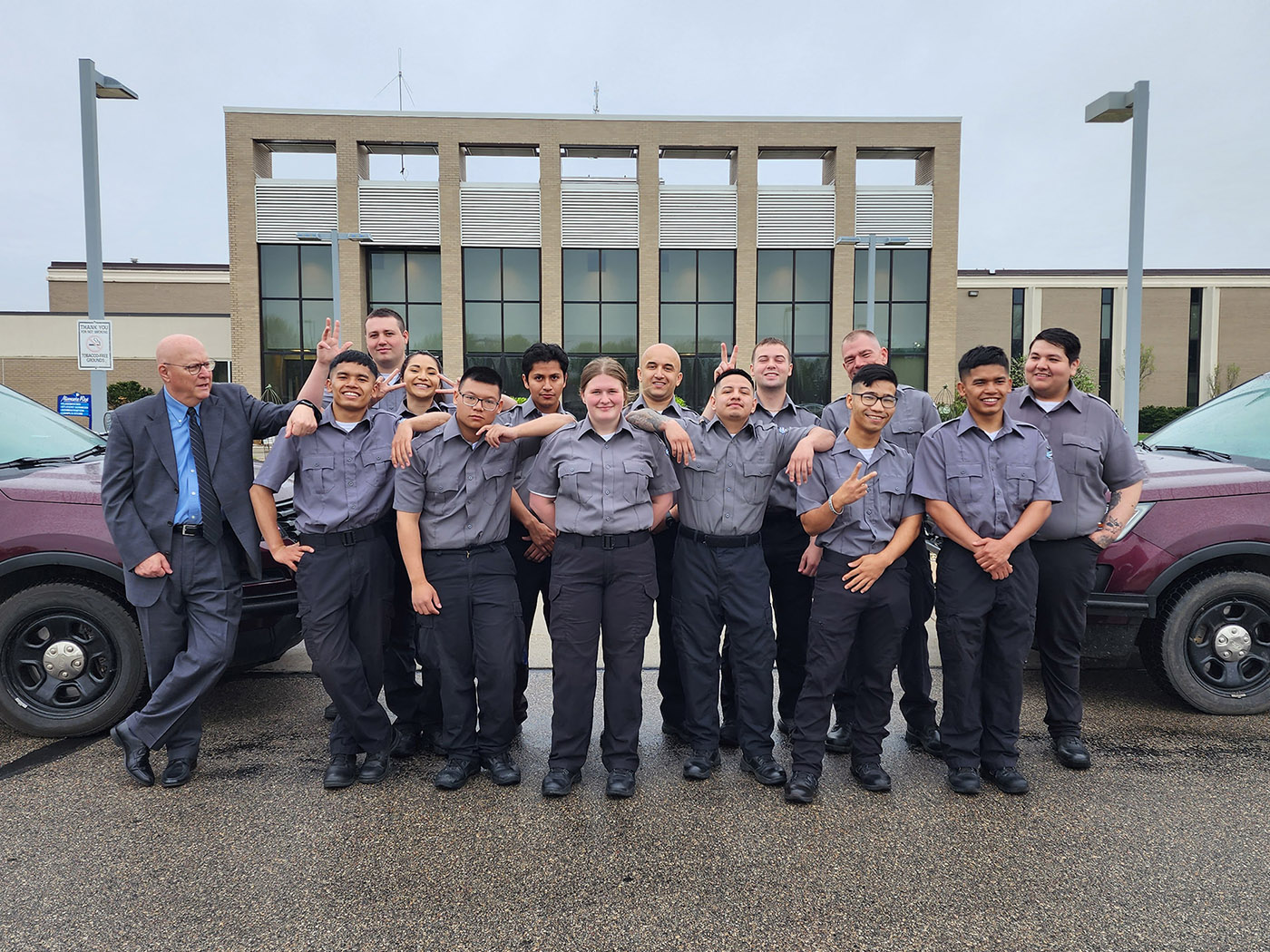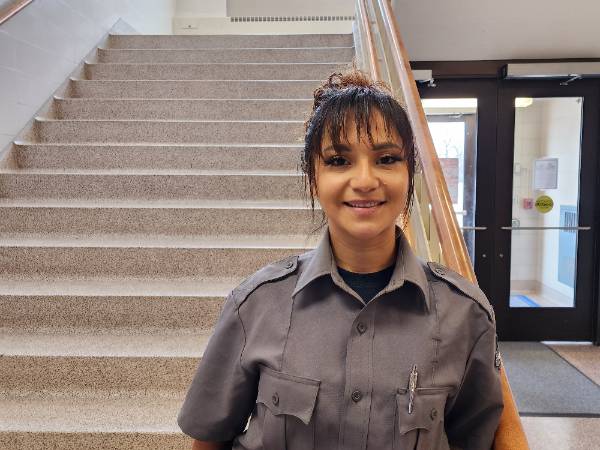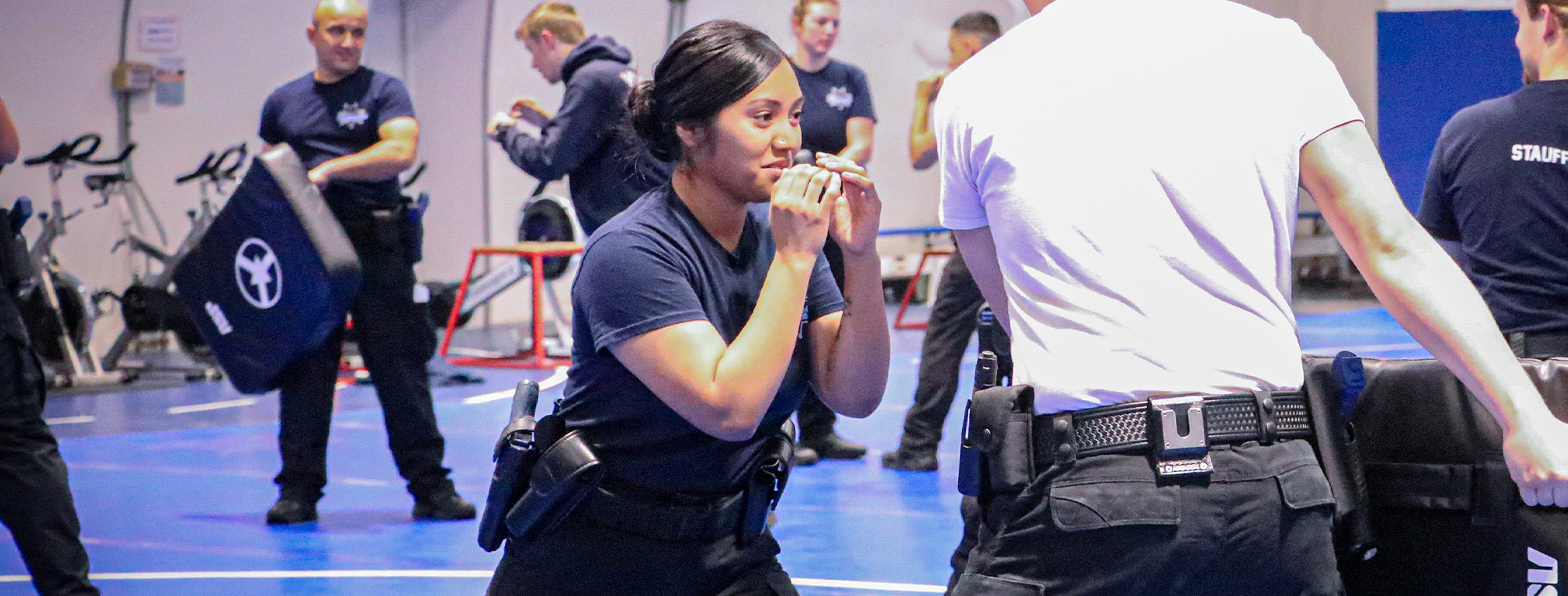Peace Officer

Are you ready to make a difference in your community and venture into a rewarding career as a peace officer? Our program equips you with the knowledge, skills, and experience needed to serve and protect with integrity and professionalism. Our program offers a blend of classroom instruction and hands-on training, preparing you for a successful career.
7.2% growth rate (careerwise)
Public safety career
Skills for the job: Resolve conflict, protect, defend, and negotiate
This Program is Available at:
Choose your path

Peace Officer, A.A.S.
The Peace Officer A.A.S. degree is approved by the Minnesota Board of Peace Officers Standards and Training (POST), qualifying you for licensing in Minnesota upon completion. Gain expertise in Professional Peace Officer Education (PPOE) and follow Minnesota State Transfer Pathways for Criminal Justice – Peace Officer. With small class sizes, personalized attention, and a focus on modern education and hands-on training, this program prepares you for today’s Peace Officer careers. Benefit from experienced instructors who are recognized experts in their fields.
Length
- 2 Years for Full-Time Students
- 72 Credits
Course List

Peace Officer/Public Safety Transfer Pathway, A.S.
This degree offers the opportunity to complete an Associate of Science degree with course credits that transfer to designated Law Enforcement/Criminal Justice bachelor’s degree programs at Minnesota State universities. The curriculum is designed to transfer your credits to a university with a junior status. Start your degree here!
Length
- 2 Years for Full-Time Students
- 68 Credits

Peace Officer Skills, Certificate
The Peace Officer Skills Certificate is for students who have completed POST Boards approved Professional Peace Officers Education (PPOE) Academic Program or the approval of a POST approved PPOE Coordinator. The certificate meets transfer pathways requirements.
Length
- 1 Semester for Full-Time Students
- 12 Credits
Apply to the Program

Career Opportunities
A police officer's primary responsibility is to maintain public safety and enforce laws within their jurisdiction. They patrol designated areas, respond to emergencies, investigate suspicious activities, and arrest individuals suspected of committing crimes. Additionally, they often engage in community outreach, crime prevention initiatives, and collaborate with other law enforcement agencies to ensure the security of their community.
A Public Safety Officer ensures the safety of the public by patrolling, responding to emergencies, enforcing laws, and conducting investigations. They also provide assistance and support to individuals and collaborate with emergency response agencies and community programs.
A Patrol Officer maintains public safety by patrolling designated areas, responding to emergencies, enforcing laws, and assisting individuals in need.
A Deputy Sheriff enforces laws, maintains public safety, and serves legal processes within their jurisdiction. They conduct patrols, respond to emergencies, investigate crimes, and assist in court proceedings.
The Sheriff is an elected official who enforces laws, maintains public safety, oversees the county jail, serves legal documents, and provides court security.


EXPLORE RELATED PROGRAMS

